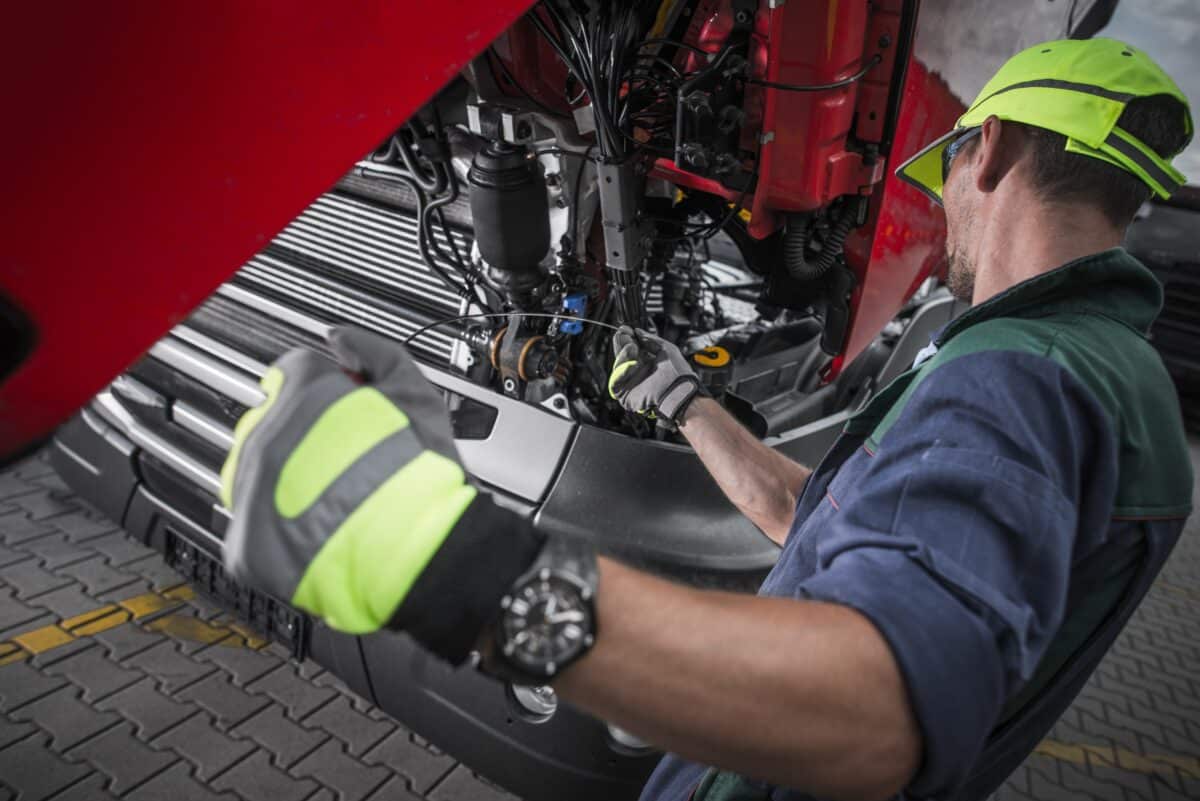If you’re considering a career as a truck driver, you may be wondering, “What does a truck driver’s schedule look like?” Truck driving is a rewarding and in-demand profession, but it also comes with a unique schedule different from a typical 9-to-5 job. In this blog, we’ll explore the typical schedule of a truck driver, shedding light on their daily routines, working hours, and the importance of time management in this field.
The Daily Routine
A truck driver’s daily routine can vary depending on their specific job and the type of freight they’re hauling. However, there are some common elements you can expect to find in most truck driver schedules.
-
Pre-Trip Inspection
Before hitting the road, truck drivers perform a thorough inspection of their vehicle to ensure it’s safe for the journey. A pre-trip inspection includes checking tires, brakes, lights, and other essential components.
-
>Loading and Unloading
If you’re transporting goods, you’ll often be responsible for loading and unloading your cargo. This part of the routine can be physically demanding and time-consuming, so be prepared for some heavy lifting.
-
Driving Hours
Truck drivers spend a significant portion of their day behind the wheel. Federal regulations limit the number of hours a driver can operate a commercial vehicle each day, typically up to 11 hours, followed by a mandatory rest period.
-
Rest Breaks
Safety is a top priority in the trucking industry. Drivers are required to take regular rest breaks to prevent fatigue and ensure they stay alert on the road.
-
Meals and Rest Stops
Along your route, you’ll make stops for meals, restroom breaks, and rest. These stops provide a chance to stretch your legs and recharge.
-
Delivery and Pick-Up
When you reach your destination, you’ll need to deliver your cargo or pick up new shipments. Timeliness is crucial in this step, as businesses rely on timely deliveries.
Working Hours
Truck driver schedules often involve irregular, long hours due to the nature of long-haul transportation.
Here are some key points to keep in mind:
-
Long Days
Truck drivers can have long workdays, especially when covering extensive distances. Be prepared for days that can exceed 10 hours of driving.
-
Overnight Stays
Many truck drivers are required to spend nights away from home, sleeping in their trucks or at designated rest areas. This is known as “over-the-road” or OTR driving.
-
Flexible Schedules
Some trucking jobs offer more predictable schedules, such as regional or local routes that allow drivers to return home daily or on weekends.
-
Seasonal Variations
Depending on the type of cargo you transport, there may be seasonal variations in your schedule. For example, holiday seasons often involve increased demand for trucking services.
Time Management
Effective time management is crucial for truck drivers.
Here are some tips to help you stay organized and make the most of your schedule:
-
Plan Your Routes
Use GPS navigation and truck-specific routing apps to plan your routes efficiently, avoiding traffic and road closures.
-
Stick to a Routine
Establish a daily routine that includes regular breaks and rest periods. Consistency can help prevent burnout.
-
Maintain Your Vehicle
Regular maintenance and inspections can help prevent breakdowns and delays.
-
Communication
Stay in touch with your dispatcher or employer to provide updates on your progress and receive new assignments.
Start Your Trucking Career Today
If you’re considering a career as a truck driver, it’s essential to understand and embrace the unique schedule that comes with the territory. With the right training, dedication, and time management skills, you can have a fulfilling and successful career on the open road. Phoenix Truck Driving School in Albuquerque can help you master these skills and embrace the trucking lifestyle.
Join us today and take the first step toward a rewarding career on the open road.




 Learn About Semi Truck Maintenance for New Truck Drivers
Learn About Semi Truck Maintenance for New Truck Drivers











